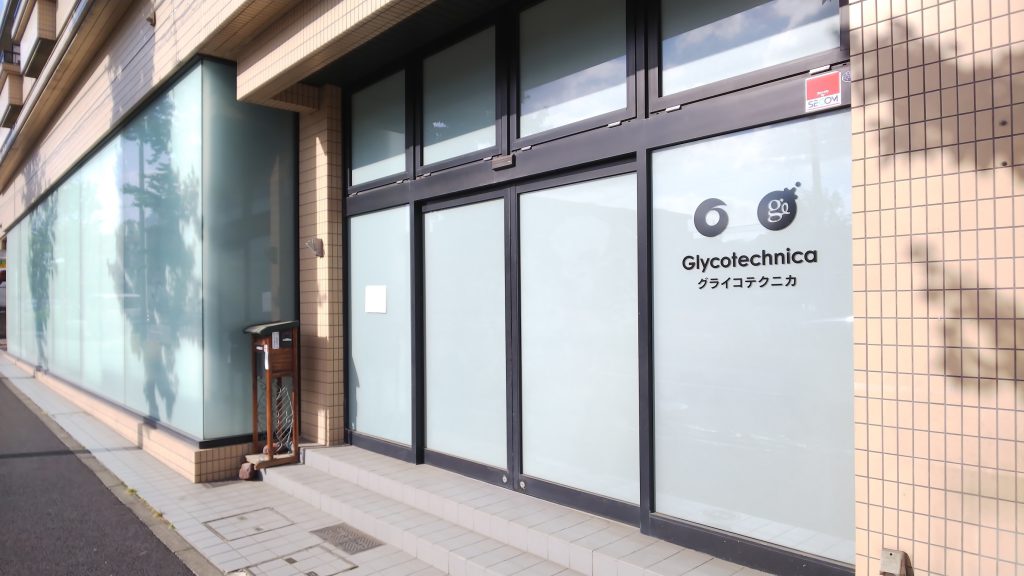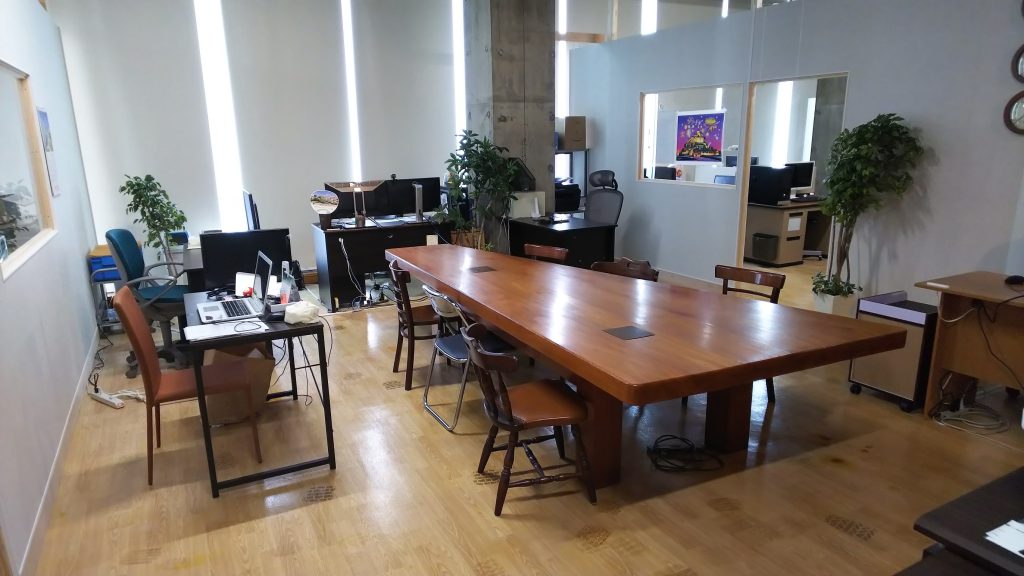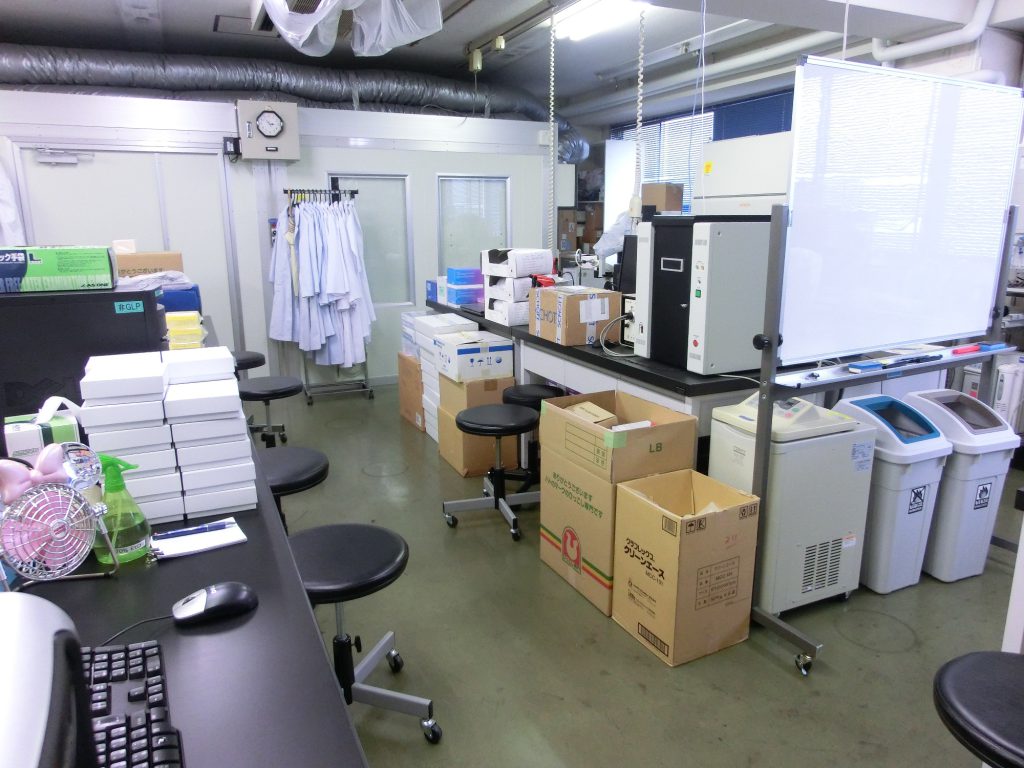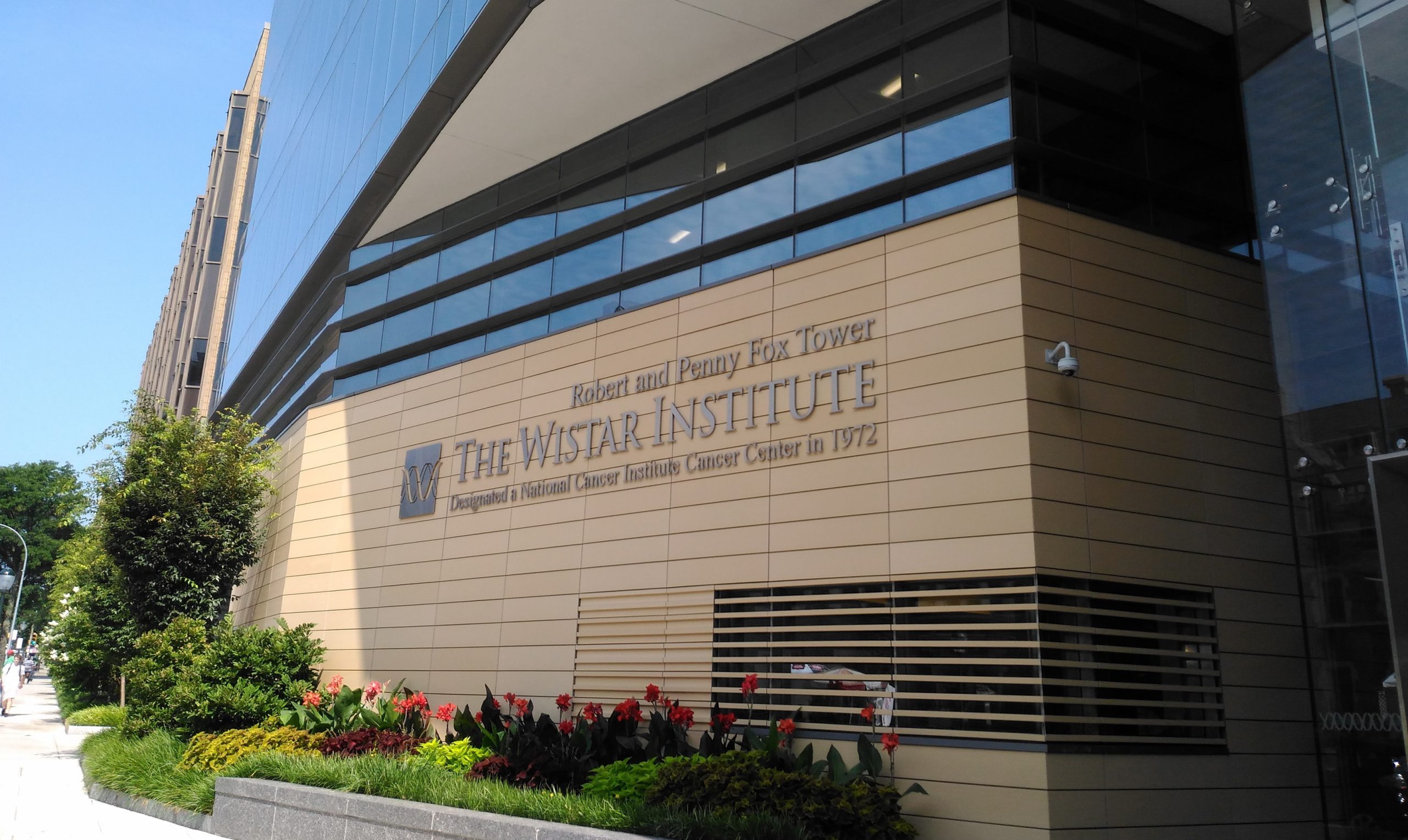June 22nd, 2011: Established First Kinds
December 13rd, 2012: Changed Company name to GlycoTechnica (President: Harumi Takabatake, Directors: Shoji Tsutsumi, Masao Yamada)
March 31st, 2013: Acquired “GlycoStation ” from GP Bioscience, and started ramping up business with colleagues who vowed to come back join in
October 13rd, 2015: Moved head office from Sapporo to Utsukushigaoka, Aoba-ku, Yokohama
June 26th, 2017: Established Glycomics Profiling Center at Wistar Institute, Univ. of Pennsylvania, USA
September 7th, 2018: Acquired GlycoBiomarker Leading Innovations (GLI)
October 1st, 2018: Agreed on a joint development on BIST with Precision System Science (PSS)
June 27th, 2019: Merged the head office and Yokohama laboratory into one place, Hirano Building 3-101, 5-28-6 Utsukushigaoka, Aoba-ku, Yokohama
October ~ November, 2020: S. Tsutsumi and M. Yamada Retired
December 25th, 2020: Achieved the crowdfunding target regarding a new drug development for COVID-19
August 10th, 2022: Bankruptcy proceedings commenced at Yokohama District Court
GlycoTechnica utilizes the world’s unique platform technology “GlycoStation” for glycan analysis (glycan profiling) to explore new glyco-biomarkers, improve the performance of clinical diagnosis, contribute to the safety issue of regenerative medicine and so forth, as an innovative venture company focusing on Glycan and Lectin.




At its peak, the company had 14 employees, including executives, and sales exceeded 100 million yen.
The company’s GlycoStation has been adopted by FDA, and two papers have been published on the effectiveness of glycan profiling analysis of antibody drugs. It may be worth keeping in mind that there was also great progress in the field of clinical diagnosis. They have started PMDA consultations regarding the diagnosis of IgA nephropathy from a single drop of urine, as a result of the joint R&D with Okayama University School of Medicine, and it was one step away from practical application. In the application to regenerative medicine, combining data of lectin microarrays with deep learning has succeeded in identifying mesenchymal stem cells with astonishing accuracy. In the R&D support field, they could release a new Lectin Microarray, LecChip Ver2.0, which adopts recombinant lectins with different glycan binding specificities than LecChip Ver1.0. As for the glycan profilers, in addition to the release of Highend glycan profiler, GSR2300, an ultra-low-cost, ultra-high-speed glycan profiler, GlycoSuperLite, was released to expand the market.
GlycoTechnica struggled with sales in later years because of COVID-19 pandemic and changes in Glycan/Lectin market, and unfortunately, the problem of long delivery times for semiconductors (longer than 12 months) has gone in for the kill of GlycoTechnica.
